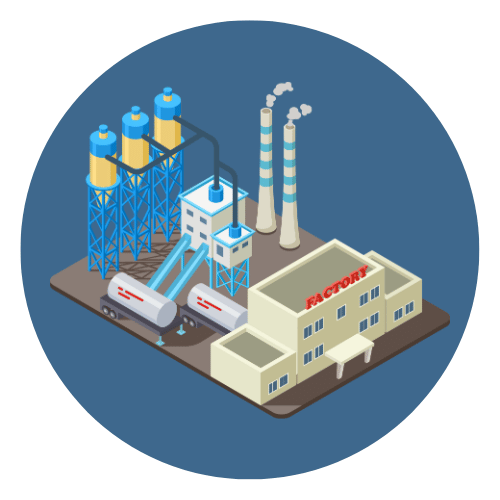Welding is an essential process in the fabrication and construction industries, forming a permanent bond between materials, usually metals or thermoplastics, through heat, pressure, or both. Understanding weld symbols is crucial for engineers, fabricators, and welders, as these symbols provide detailed directions on how to execute the welds specified in design drawings.
Weld symbols are standardized representations used across technical plans and blueprints to communicate the type of weld, size, length, and other essential details needed to ensure structural integrity and performance. These symbols are governed by various standards, with the American Welding Society (AWS) being one of the primary organizations setting these guidelines. This standardized visual language helps maintain consistency and clarity in manufacturing and construction projects worldwide.
This article aims to demystify the complex array of symbols found on a welder’s blueprint, offering clear explanations and guidelines for reading and applying these symbols correctly. By understanding weld symbols, professionals can ensure that they accurately interpret and execute the plans, leading to successful project outcomes. Whether you’re a seasoned welder or a student just starting out in the field, mastering the language of weld symbols is key to your success in the industry.


 Automation System
Automation System  Energy Engineeing
Energy Engineeing  Instrumentation System
Instrumentation System  Mechanical Engineeing
Mechanical Engineeing  Piping Technologies
Piping Technologies  Transportations
Transportations  Manufacturing
Manufacturing  Training Material
Training Material 












